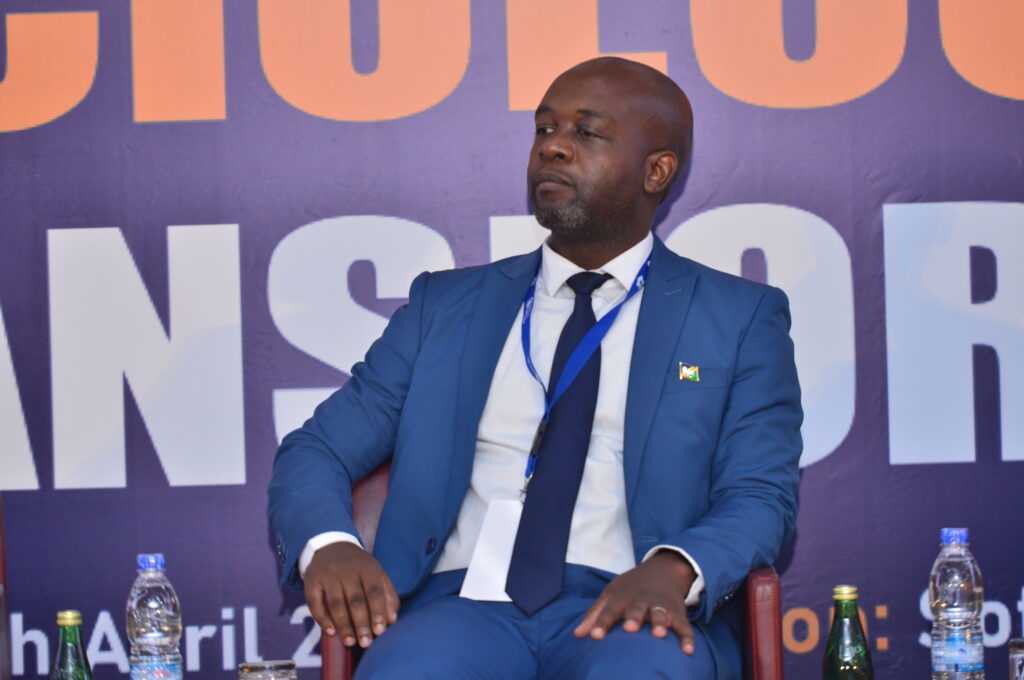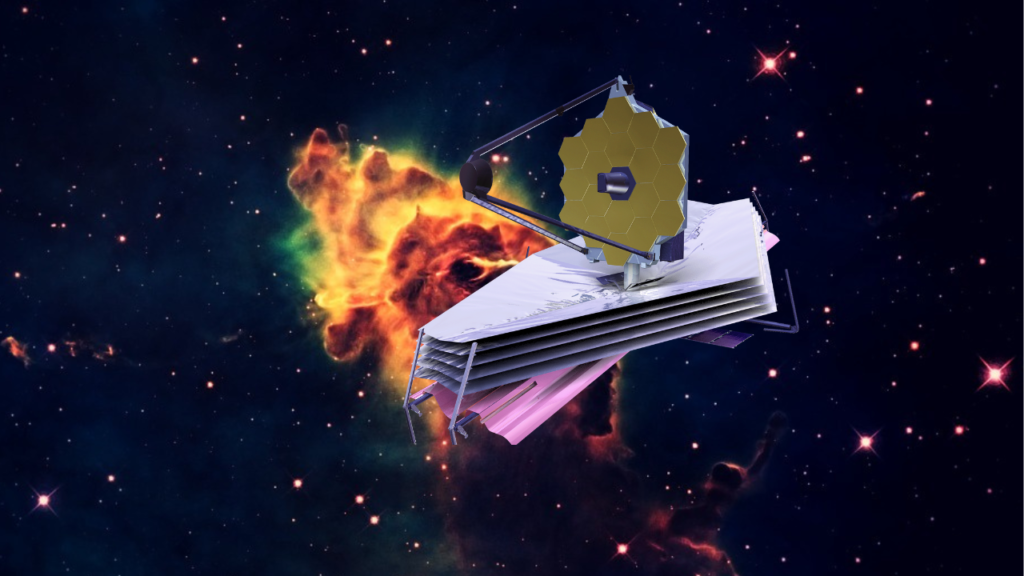In 2021, Namibia launched a National Space Science and Technology Policy to guide the use of space resources to contribute towards the socio-economic growth and development of the country. The policy has an implementation period of eight years, concluding in 2030.
Namibia’s collaboration with China has led to the ongoing construction of an impressive Satellite Data Receiving Ground Station (SDRGS). This initiative, among other developments in the Namibian space industry, prompted Space in Africa to interview Dr Lisho Mundia, the Director of Research and Innovation at the Ministry of Higher Education, Technology, and Innovation, who shared insights into Namibia’s progress in the second year of its space policy. Additionally, the discussion covered the country’s focus for 2024.
What are the primary goals and objectives of the Ministry of Higher Education, Technology and Innovation for the country’s space programme? What specific goals did the ministry work towards in 2023?
Our core objective is to create a conducive environment for Namibian space actors, stakeholders and foreign investors. To do this, we are focusing on developing our space policies and increasing capacity development in space technologies. Namibia only has a space policy but no space legislation yet, so we cannot regulate the space industry. As such, we are strategically positioning the country by considering joining The United Nations Office for Outer Space Affairs (UNOOSA). Namibia can significantly benefit from UNOOSA’s Committee on the Peaceful Uses of Outer Space (COPUOS) statutes, like the Outer Space, Liability Convention, Rescue Agreement, and Registration Convention Treaties. These will also influence our policy formulation and regulations on outer space exploration for Namibian interests and capacity development. We are also looking to restructure our universities towards space science programmes.
This year, we started implementing the processes for joining COPUOS. We have submitted a plan and have begun evaluating opportunities and activities in space science and technology in the upstream and downstream segments. Once our Cabinet approves the proposal to join COPUOS, we will start drafting the national space law and regulations by conducting consultations to develop an Act of Parliament; these consultations will include a landscape analysis involving our local actors, regional partners and foreign stakeholders thriving in the space ecosystem.
Additionally, this year, we had two national workshops and hosted the AfriGEO event, which gathered delegates from over 25 countries.
What were the ministry’s most impactful initiatives or collaborations in 2023?
First, it was the request to join COPUOS. Second is the progress made in implementing our bilateral partnership with the Chinese to build a Satellite Data Receiving Ground Station (SDRGS). They have started constructing the SDRGS in Windhoek, and the project’s first phase is nearly complete, which is a milestone for us. It will be a state-of-the-art infrastructure, and we are looking forward to Phase 2 of the project because that is where the capacity development programme to train young Namibians will begin.
What priority areas is the country particular about when it comes to strategic collaborations?
Our focus right now is capacity development and infrastructure development. As you know, capacity building falls flat if the trained experts do not have the infrastructure to operate, use or train with. So, these two areas will contribute to our economy and smaller space enterprises. Our contract with the Chinese on the SDRGS development project is a clear example of this. It is a research infrastructure, but it would not amount to anything if Namibian engineers cannot use it.
What is the government doing to boost NewSpace participation in the local space ecosystem?
The government has not done much to support the commercialisation of space enterprises and the NewSpace ecosystem on the upstream segment. That is why we are dedicated to creating an enabling environment for NewSpace actors in 2024. Going by the AU resolutions, Namibia still has a long way to go. We need to establish a national space agency, which is hampered by bureaucracy, and we are currently working on it. As I mentioned earlier, we submitted a proposal to join COPUOS. Next, we will seek approval to create an Act of Parliament, which is the law that will establish, operationalise, and regulate a Namibian space agency. We are busy appointing experts on the National Space Council to develop a structured institutional space environment in Namibia. Space science and technology commercialisation in Namibia is slow because we need space legislation. However, all this will change once we receive cabinet approval.
Is there any infrastructural development that the government is considering for the Astronomy segment in the future?
One of our universities is partnering with the Radboud University from the Netherlands on the Africa Millimetre Telescope – AMT. This has brought a lot of investment from the European community, and we have received significant capacity development for Namibian students in Astrophysics.
What steps is the ministry putting into place to ensure STEM and space education is promoted to the country’s younger generation?
We have put quite a lot of programmes in place. Currently, we organise talk shows, science weeks, and roadshows, besides the biannual research symposiums and annual reviews of space activities in Namibia. Additionally, our universities have been advocating for space science programmes in Namibia. We have various initiatives that use traditional mass media platforms to increase awareness of space science and technology, and we share our space activities locally in schools and universities around Namibia to sensitise the youth to the existence and importance of space applications.
Could you share any updates on the Satellite Data Receiving Ground Station (SDRGS) project Namibia is working on with China?
The project is in two phases: Civil work, which is ongoing and estimated to be completed by the end of February 2024. This includes working on the road to the mountain, the areas where the antennas will be installed, building the data centre, equipment rooms, coiling rooms, etc. Phase 2 is presumed to start in March 2024, and it will include cubing in the antennas, cooling and equipment rooms, data processing rooms, data centres, etc. This phase will also include training on general management of the SDRGS, data processing, operationalisation and servicing of antennas and related equipment, triangulation of Earth Observation Centre (EO) data, and much more. Currently, we are two months ahead of schedule. We originally planned for the SDRGS to be operationalised and handed over to Namibia by early 2026; however, if progress continues at this rate, we will see the completion earlier than anticipated.
What are your priorities in 2024? Should we look forward to any exciting projects/programmes?
We will focus on promoting space science in Namibia in 2024. We will put effort into lobbying and advocating for the Cabinet to approve consultations for the process of establishing the national space law and regulations (Act of Parliament). That is our biggest priority. We will also work on structuring space activities and creating coordinated space science platforms in Namibia with the few resources and time we have for this critical field.
As mandated by the Ministry of Higher Education, Technology and Innovation, the Namibia University of Science and Technology (NUST) developed space science and technology programmes and courses but has been unable to admit any students for those courses. Thus, we want to lobby for funding to help enrol students to specialise in space science and technology programmes and related fields.
Where should Namibia be now based on the National Space Science and Technology Policy framework? How close or far away is the nation from achieving these milestones?
Our main milestones are capacity building and infrastructural development. We are currently at 30% because the environment could be more conducive. Even if commercial space companies want to thrive, no law regulates or supports them, especially in the upstream segment, which is lucrative for business. That is why the Act of Parliament is so important to us. With the existence of a law, we will increase NewSpace participation in space science, protect the interests of Namibia, and much more. It will also open us up to foreign investments in Namibian resources, like available grounds to build satellite launching stations. We are still far from our milestones but are very much aware of our gaps and challenges.
Credit: Space in Africa



